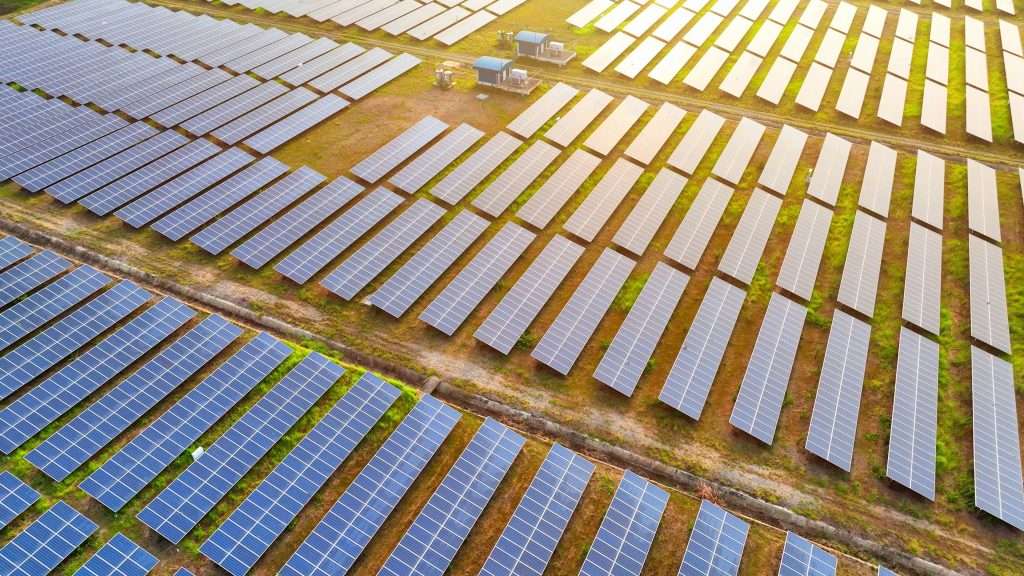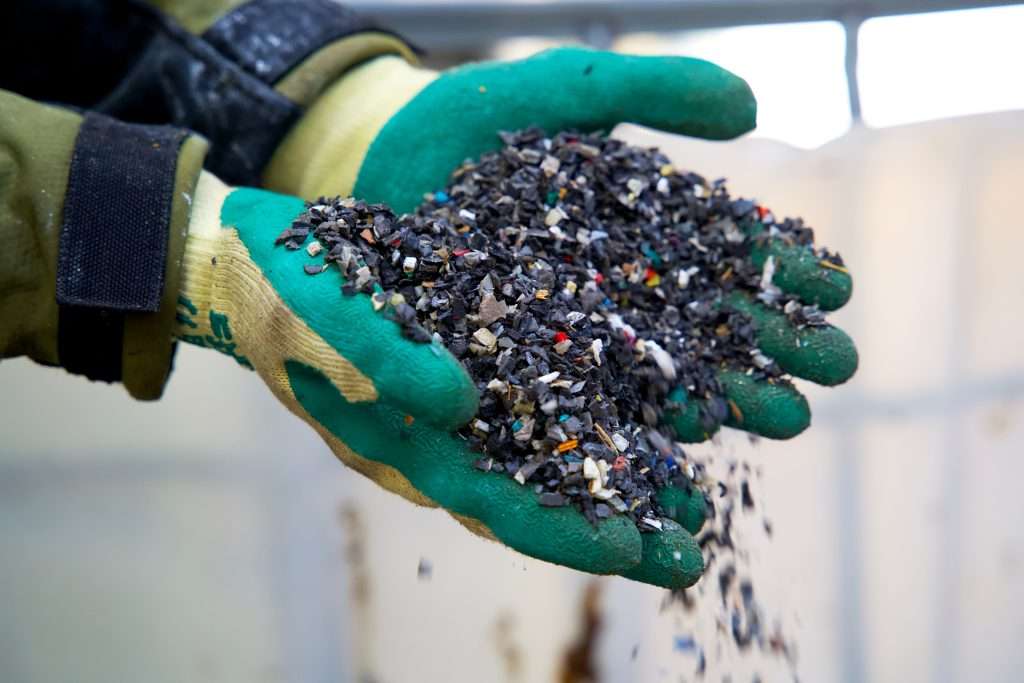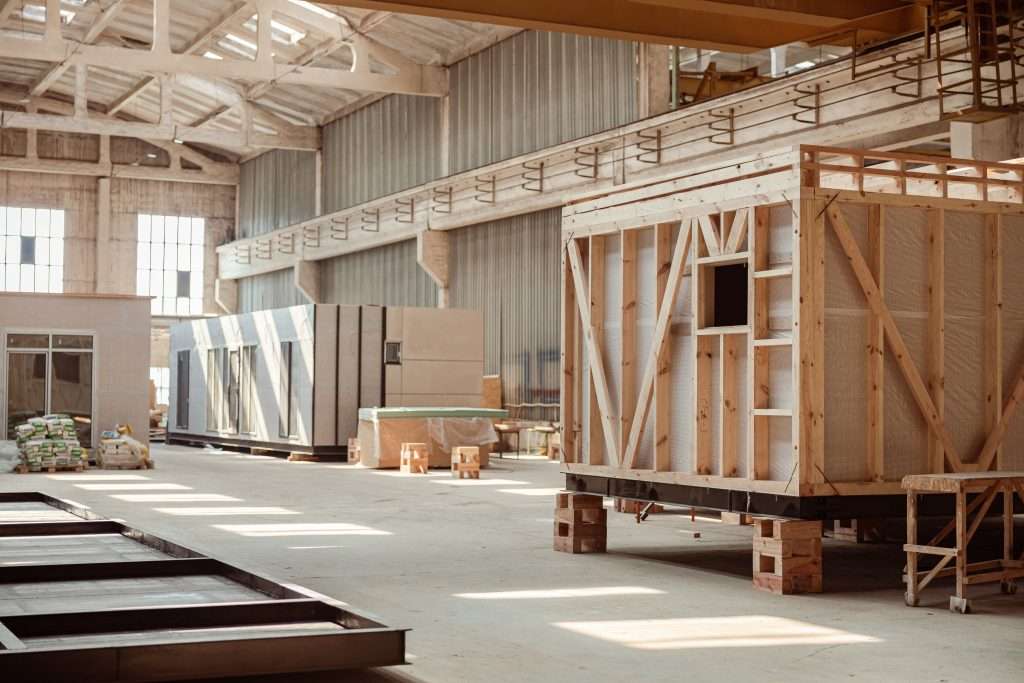Embodied energy significantly contributes to carbon emissions and can account for up to 30% of a building’s total energy consumption over its lifetime, highlighting its substantial global impact on the construction industry.
By understanding embodied energy, people can make more informed choices about materials and construction methods.
- What is embodied energy?
- Definition of embodied energy
- Importance of embodied energy
- Factors affecting embodied energy
- Measuring embodied energy in building materials
- Life Cycle Assessment (LCA)
- Databases for embodied energy
- Challenges in measuring embodied energy
- Strategies for reducing embodied energy in construction
- Material selection
- Local sourcing
- Recycled materials
- Lightweight materials
- Prefabrication
- Energy-efficient construction methods
- Case studies: low embodied energy buildings
- Residential buildings
- Commercial buildings
- Institutional buildings
- Green building certifications
- The future of embodied energy in the construction industry
- Innovative materials
- Circular economy
- Green building regulations
- FAQs about embodied energy
- What does low embodied energy mean?
- How is embodied energy measured?
- What material has the highest embodied energy?
- Why is embodied energy important?
What is embodied energy?
Embodied energy is a concept that has existed since the early 1960s, but it has only recently gained more attention. It refers to the total energy consumed throughout a product or material’s life cycle, from extraction to disposal.
Definition of embodied energy
Think of embodied energy as the energy in a material or product. It includes all the energy used in extraction, processing, manufacturing, transportation, installation, maintenance and disposal. It’s the total energy consumed before the product or material is used.
Importance of embodied energy
So why should we care about embodied energy? Assessing embodied energy is crucial for understanding the true environmental impact of buildings and construction materials. By considering the energy consumed throughout the life cycle, designers and builders can make more informed decisions to reduce the built environment’s overall energy footprint.
Factors affecting embodied energy
Several factors influence the embodied energy of materials, including the type of raw materials used, the processing methods employed, transportation distances, and the efficiency of manufacturing processes. For example, materials like aluminium and steel have higher embodied energy due to the energy-intensive extraction and refining processes.


Measuring embodied energy in building materials
Measuring embodied energy can be complex, but it’s vital for making informed decisions about building materials. A few essential methods and tools can help.
Life Cycle Assessment (LCA)
Life Cycle Assessment (LCA) is a comprehensive method for evaluating a product or material’s environmental impacts throughout its life cycle. LCA considers various factors, such as energy consumption, greenhouse gas emissions, water usage, and waste generation, providing a holistic view of a material’s environmental footprint.
Databases for embodied energy
Several databases, such as the Inventory of Carbon and Energy (ICE) database developed by the University of Bath, provide embodied energy and carbon data for many building materials. These databases enable architects, engineers, and researchers to access reliable information to assess the embodied energy of construction projects.
Challenges in measuring embodied energy
Measuring embodied energy can be tricky due to variations in manufacturing processes, transportation distances, and the need for standardised data. Additionally, a material’s embodied energy can change over time as production methods evolve and become more energy-efficient. Continuous research and updates to embodied energy databases are necessary to ensure accurate assessments.
Strategies for reducing embodied energy in construction
Material selection
Careful selection of building materials is a crucial strategy for reducing embodied energy. Opting for materials with lower embodied energy, such as wood, bamboo, or recycled materials, can significantly decrease a construction project’s overall energy footprint. Designers should consider the impact of materials on the entire life cycle when making selections.
Local sourcing
Sourcing materials locally can reduce embodied energy by minimising transportation distances. Local sourcing also reduces the energy consumed in transportation, supports local economies and reduces the environmental impact of long-distance shipping.
Recycled materials
Incorporating recycled materials in construction projects can significantly lower embodied energy. Recycled steel, aluminium, glass, and concrete require less energy to process compared to virgin materials. Using recycled materials reduces embodied energy, diverts waste from landfills, and conserves natural resources.
Lightweight materials
Using lightweight materials in construction can help reduce embodied energy by decreasing the overall mass of the building. Lightweight materials require less energy for transportation and handling, and they can also improve the energy efficiency of the building by reducing the load on structural elements.
Prefabrication
Prefabrication involves manufacturing building components off-site in a controlled environment. This approach can reduce embodied energy by optimising material use, minimising waste, and streamlining the construction process. Prefabricated elements also require less energy for on-site assembly and can lead to faster construction times.
Energy-efficient construction methods
Adopting energy-efficient construction methods can help reduce embodied energy. Techniques such as passive solar design, natural ventilation, and efficient insulation can decrease the energy required for heating, cooling, and lighting throughout the building’s life. Implementing these strategies from the early design stages can have a significant impact on reducing embodied energy.


The future of embodied energy in the construction industry
Innovative materials
The development of innovative materials with lower embodied energy is a promising avenue for the future of sustainable construction. Researchers are exploring materials such as self-healing concrete, bio-based insulation, and carbon-negative cement, which have the potential to reduce buildings’ embodied energy significantly.
Circular economy
The concept of a circular economy, where materials are continuously reused and recycled, holds great potential for reducing embodied energy in the construction industry. By designing buildings for disassembly and using materials that can be easily repurposed or recycled, the industry can minimise waste and reduce the demand for new, energy-intensive materials.
Green building regulations
Governments and regulatory bodies increasingly recognise the importance of embodied energy in the built environment. Introducing stricter green building regulations and standards considering embodied energy can drive the industry towards more sustainable practices. These regulations may include embodied carbon targets, material efficiency requirements, and incentives for low-embodied energy design.
Frequently Asked Questions (FAQs) about embodied energy
Low embodied energy means the material requires minimal total energy for extraction, processing, and transportation, resulting in a smaller environmental impact.
Embodied energy is measured using Life Cycle Assessment (LCA). It considers all stages, from raw material extraction to disposal or recycling.
Due to their intensive manufacturing processes, aluminium and steel often have the highest levels of embodied carbon.
Embodied energy matters because it impacts a building’s sustainability. Reducing it can lower carbon footprints significantly.